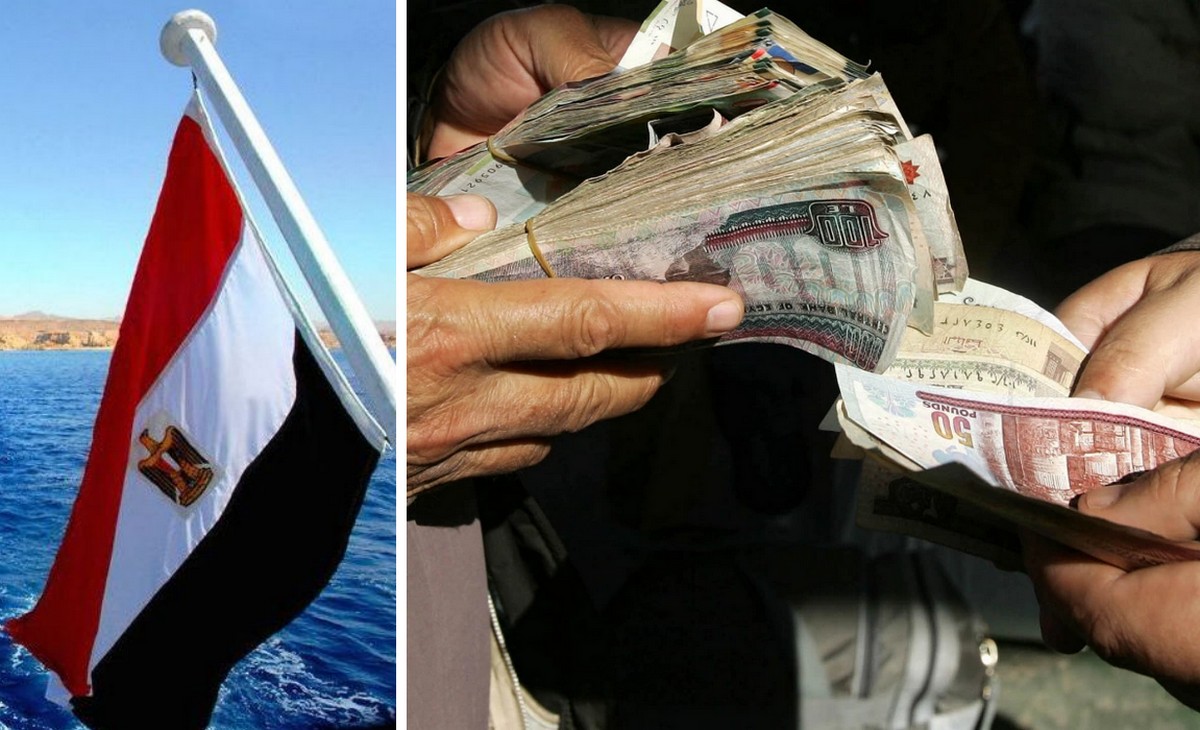The Central Bank of Egypt introduced polymer banknotes with a denomination of 10 Egyptian pounds (15.5 hryvnias), the “Egyptian Gazette” reports.
The institution clarified that old paper bills of the same denomination will be used as a means of payment, as before.

The first Egyptian plastic money was printed on a printing press in the new administrative capital of the country. They depict the Al-Fattah al-Alim Mosque and the statue of the ancient Egyptian pharaoh Hatshepsut and are protected against forgery by a watermark.
The Central Bank of Egypt announced its intention to print polymer banknotes as early as 2019 but was delayed due to the COVID-19 pandemic. The move comes in line with Egypt’s commitment to meeting the Paris climate agreement.
Polymer money is considered environmentally friendly because it is waterproof and has a longer service life than paper money, and uses fewer raw materials in its production. They can also be recycled and incorporated into new plastic products.
For the first time, plastic banknotes were issued in Australia in 1988. They are currently in circulation in more than 30 countries, including Romania, Chile, Canada, Nigeria, Vietnam, New Zealand, and others.
The total value of polymer banknotes put into circulation in Egypt is 2 billion Egyptian pounds.

